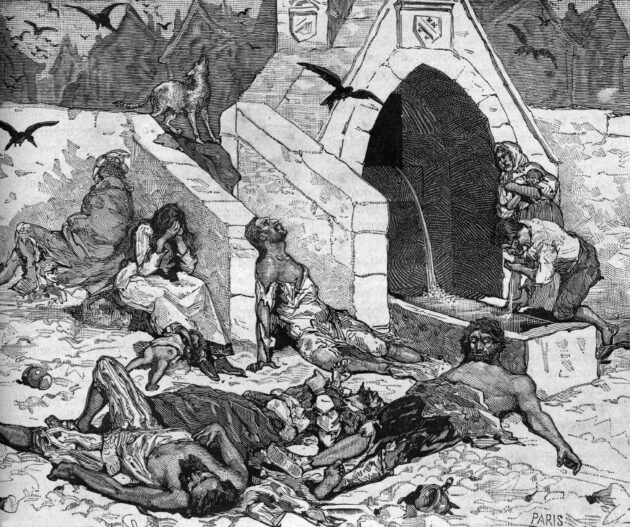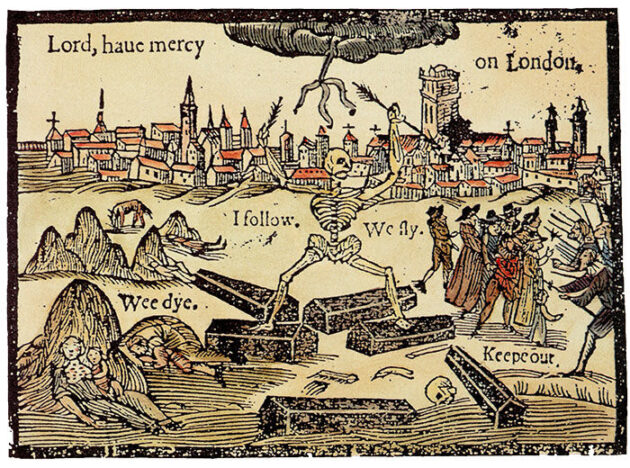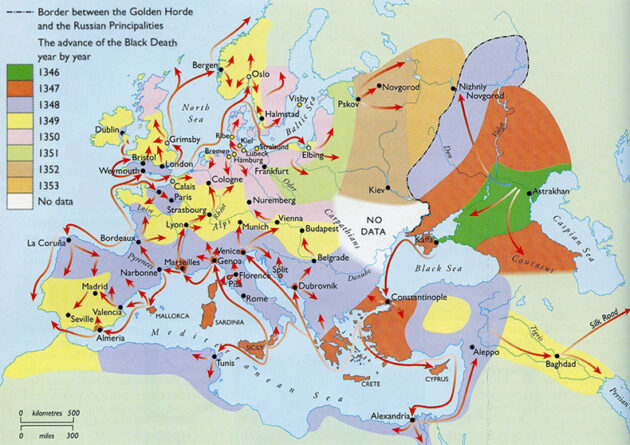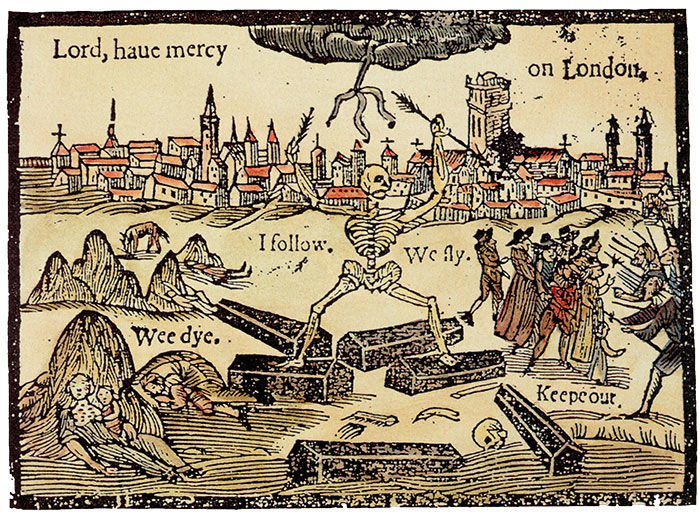As we navigate what is likely the endgame of the China virus pandemic (oh boy, let’s see if that sentence comes back to haunt me!), it is worth trying to grasp a little bit of perspective.
We live, after all, in a culture with no memory: anything that happened more than a year ago is “history”. Decades are practical centuries. Anything pre-internet is, like, literally the Dark Ages, bruh.
We have become a culture of goldfish with iPhones, and journalists are its acme – or its bathos, depending on your standpoint. Your average journalist lives in complete ignorance of anything that doesn’t have a hashtag attached to it. History begins sometime last week.
That’s why, to the gormless twits who populate modern journalism, everything is “unprecedented”. Like a particularly dimwitted, inbred lapdog, they live in a continual cycle between astonishment and panic.
The China virus, soberly assessed, is far from the deadliest pandemic even in modern history. Allowing for the certain over-counting of deaths attributed to it, it probably sits somewhere around the same level as the 1968-69 Hong Kong flu. Ask your average Boomer – who were young adults at the time – about the bodies stored in subway tunnels and workplaces crippled by having up to half of their workforce off sick at any time, and you’ll draw a blank stare.
The China virus is not even a pale shadow of the Spanish Flu of 1918. The media went into their usual gum-flapping idiot chorus at the news that US covid deaths had supposedly drawn equal to Spanish flu deaths. Yet the US population today is three times what it was in 1918. So slash that by two-thirds, off the bat. More importantly, hardly anyone has died of covid: the overwhelming majority of its victims are very, very old and/or very, very sick, and died with covid.
On the contrary, nearly every Spanish flu victim died of the Spanish flu and nothing else. In direct contrast to covid, its victims were overwhelmingly young and (otherwise) healthy.
But even the Spanish flu is a mere gnat compared to what is almost certainly the worst plague in human history. A pandemic so staggeringly awful that it has become synonymous with death itself. The death: the Black Death.

The Black Death was so apocalyptically horrible that contemporaries like Petrarch were certain that no one who didn’t live through it would believe them: O happy posterity, who will not experience such abysmal woe and will look upon our testimony as a fable.
Another Italian chronicler wrote that:
All the citizens did little else except to carry dead bodies to be buried […] In the morning when a large number of bodies were found in the pit, they took some earth and shovelled it down on top of them; and later others were placed on top of them and then another layer of earth, just as one makes lasagne with layers of pasta and cheese.
Another Italian, Agnolo di Tura, who buried his five children with his own hands, relates that in many places in Siena great pits were dug and piled deep with the multitude of dead […] who were so sparsely covered with earth that the dogs dragged them forth and devoured many bodies throughout the city.
Its origin is now known to be the Central Asian steppes, on the north-western shore of the Caspian Sea. An attack by Mongols on an Italian trading station in what is now Feodosiya set off the calamity. The plague, which began in the spring of 1346, broke out among the Mongol besiegers in the autumn. When the Italians fled in the spring of 1347, they took the plague with them.
On its arrival in Europe, the plague spread with terrifying rapidity: easily 600 km in a fortnight by ship, and about 2 km per day along busy highways.
After arriving in Constantinople in May 1347, Italy later that year, it spread to France and Spain by March 1348. By May it had arrived in Dorset. By 1349, England had entirely succumbed. Scandinavia and Germany fell victim over a similar timeline.

Oddly, given its origin in the steppes, Russia was one of the last to fall, between 1351 and 1353. This was because the Mongol Khanate forbade trade with the Christian infidels of Russia. Thus, rather than spreading directly to Moscow, the plague took a circuitous route via Western Europe and Germany.

Of all of Europe, only Iceland and Finland, with their tiny, isolated populations, escaped unscathed.
So just how many people died?
Unlike today, mediaeval chroniclers didn’t have rapid PCR tests and daily press conferences to tell them how many people were “infected”. They didn’t even have complete censuses or tax or municipal records of every adult, especially women and children (who didn’t own property or pay taxes). So while we know that places like Florence lost 60% of their population in just months, calculating the Black Death’s total toll is much more fraught.
On the other hand, it is now fairly conspicuous that the mortality of the Black Death was extreme, and remarkably consistent, from southern to north-western Europe.
Historians used to generally agree that the Black Death accounted for 20-30% of Europe’s population. It now appears that this was a gross under-estimate: at least by half. (No reliable sources for estimating the mortality of Muslim countries have been found.)
It is now reliably estimated that 60% of Europe’s population were wiped out by the Black Death. Given that Europe’s population at that time was around 60 million, that means that at least 36 million died in the Black Death.
That’s on par with the slaughter of the Second World War, or the murderous ravages of Stalin or Mao. Proportionally, the Black Death makes a mockery of any modern catastrophe.
If Covid-19 caused the same mortality, just across Europe, it would have killed 450 million people.
Please share this article so that others can discover The BFD

